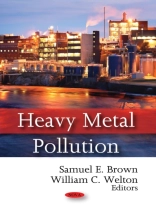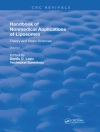A heavy metal is a member of an ill-defined subset of elements that exhibit metallic properties, which would mainly include the transition metals, some metalloids, lanthanides, and actinides. Many different definitions have been proposed-some based on density, some on atomic number or atomic weight, and some on chemical properties or toxicity. The term heavy metal has been called "meaningless and misleading" in a IUPAC technical report due to the contradictory definitions and its lack of a "coherent scientific basis".[1] As discussed below, depending on context, heavy metal can include elements lighter than carbon and can exclude some of the heaviest metals. One source defines "heavy metal" as "… common transition metals, such as copper, lead, and zinc. These metals are a cause of environmental pollution (heavy-metal pollution) from a number of sources, including lead in petrol, industrial effluents, and leaching of metal ions from the soil into lakes and rivers by acid rain."
Samuel E Brown & William C. Welton
Heavy Metal Pollution [PDF ebook]
Heavy Metal Pollution [PDF ebook]
Buy this ebook and get 1 more FREE!
Format PDF ● Pages 395 ● ISBN 9781616680497 ● Editor Samuel E Brown & William C. Welton ● Publisher Nova Science Publishers ● Published 2016 ● Downloadable 3 times ● Currency EUR ● ID 7219332 ● Copy protection Adobe DRM
Requires a DRM capable ebook reader












